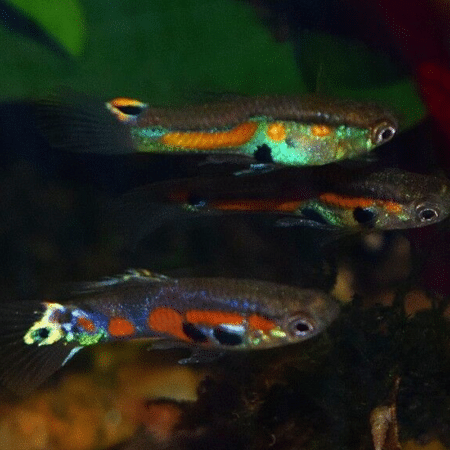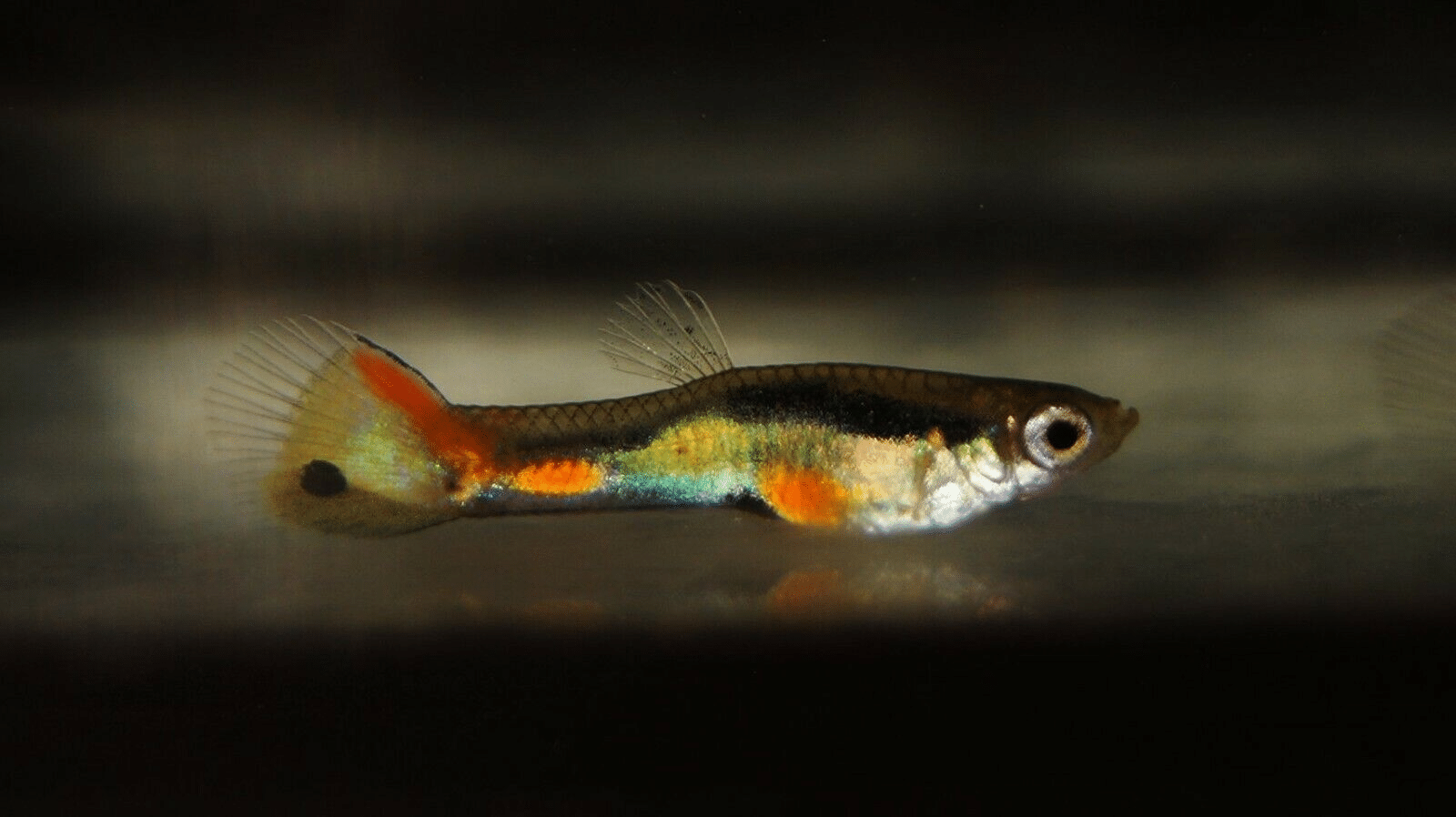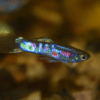To provide the best experiences, we use technologies like cookies to store and/or access device information. Consenting to these technologies will allow us to process data such as browsing behaviour or unique IDs on this site. Not consenting or withdrawing consent, may adversely affect certain features and functions.
The technical storage or access is strictly necessary for the legitimate purpose of enabling the use of a specific service explicitly requested by the subscriber or user, or for the sole purpose of carrying out the transmission of a communication over an electronic communications network.
The technical storage or access is necessary for the legitimate purpose of storing preferences that are not requested by the subscriber or user.
The technical storage or access that is used exclusively for statistical purposes.
The technical storage or access that is used exclusively for anonymous statistical purposes. Without a subpoena, voluntary compliance on the part of your Internet Service Provider, or additional records from a third party, information stored or retrieved for this purpose alone cannot usually be used to identify you.
The technical storage or access is required to create user profiles to send advertising, or to track the user on a website or across several websites for similar marketing purposes.
















Jessica Reynolds (verified owner) –
I recently added a pair of Poecilia Wingei «Campoma Nr 35 Gauguin» to my 20-gallon planted tank, and I couldn’t be happier! These True Endler guppies are a burst of color and life! After just a week, I noticed them actively exploring the tank, darting playfully through the lush plants, which made my heart swell with joy. Their vibrant patterns really stand out against the green backdrop, creating a stunning visual display.
I’ve kept other livebearers before, but the Endlers are by far my favorite—much more engaging and lively than some alternatives. The care they require is minimal, and as a bonus, they seem very healthy and robust.
One small concern I had was that they can be a bit skittish when first introduced, but with some patience and a dimmed light, they quickly adjusted. I would definitely recommend these beautiful freshwater fish to anyone looking to add some pizzazz to their aquarium. They are perfect for both beginner and experienced aquarists alike! My 10-year-old loves watching them, and it’s a great teaching moment about fish care and welfare. Overall, I’m thrilled with my purchase and will certainly be looking to add more to my collection!